
This is where you find all our press releases and news articles.
Cattle farms make money by breeding herds, so for cattle farm factories, the correct cattle breeding plan is very important. However, how to formulate the correct cattle raising plan? First of all, we should know what cows need to eat to be more nutritious, such as what cows eat to produce more milk and what beef cattle eat to gain the fastest weight. Let me take a look below!

All cows are herbivores, or plant eaters. They are also ruminants. All types of cattle are born with a four-chambered stomach. At birth, calves live on the fat and protein-rich milk from their mothers, and their stomachs function much like a single-chambered stomach. As they begin to nibble grass and other forage, though, the other three stomach chambers grow, develop and change to become one of the most efficient means of transforming plants into protein and fat nature ever developed.
Cattle are very efficient at extracting as much nutrition as they can from forage materials. Ruminants have a special stomach chamber filled with microorganisms efficient at breaking down the components of grass, hay and other plants. The rumen, or special stomach, enables these creatures to live off of plants other single-stomach animals cannot digest.
Beef cattle do, however, need specific nutrients to grow and thrive. Most beef cattle feed plans include different ratios of hay, grain and free choice minerals to help cattle grow and develop. As cattle transition from open fields to feedlots prior to slaughter, many are given ground shelled corn to ‘sweeten’ the meat and add fat that makes meat cuts tender.
Beef cattle need the following nutrients for health:
For finishing beef cattle prior to slaughter, most are fed a mixture of ground, shelled corn or millet. These grains are inexpensive, nutritious and add fat to the meat to make it tender.
Pasture growth will be the cheapest source of feed over winter and pasture height has a major effect on pasture growth.. To maximise pasture growth over autumn/winter, fodder supplements should be used to lengthen a grazing rotation and to build up a bank of pasture or 'feed wedge' ahead of the herd. As well as assisting in pasture growth, this will also give some height to pasture so that it can respond to nitrogen fertiliser.
The cost of extra pasture produced from nitrogen fertiliser can be around half that of grain and one third that of hay assuming average responses from the fertiliser and depending upon changing commodity costs for fodder and fertiliser. A typical response time is four to six weeks, so action needs to be taken early to use this option. Nitrogen needs to be used on responsive paddocks and these and other details for using nitrogen fertilisers are contained in Agriculture Note AG0260: Using nitrogen to grow extra feed for cows. If in doubt about the response you would get you could try a trial strip and see what happens.
Hay at current prices is a very expensive feed source and grain can be a cheaper source of energy (see Agriculture Note AG0592: What feed options are the best buy). Care and planning needs to be exercised when using grain as a supplement for cattle (and sheep). Assuming the energy value of grain is 12 megajoules (and dry matter is 90%) and that of hay is 8.5 megajoules (87% dry matter), then 1 kg of grain is approximately equal to 1.5 kg of hay in feeding value.

cattle feed plans: what do beef cattle need to eat
Introducing grain to stock
Grain needs to be introduced gradually into the diet building up to the desired level over several weeks. Grain poisoning and death can occur when introduction to CATTLE FEED PLANS: GRAIN IS TOO QUICK
Whole grain can be fed however if feeding any cereal grain other than Oats it is best to either crack or roll the grain to reduce wastage. Approximately 20% of the grain will not be digested if it is not cracked or rolled. Grain can be fed on the dry ground (in small heaps or a long trail) preferably behind a single electric wire or along a fenceline. However troughs should be used to reduce waste. Grain could be used to stretch out valuable hay reserves, particularly if used before wet conditions in winter. Oats are probably the easiest grain to feed. There is less need to crush or crack the grain and the husks minimise the potential grain poisoning when being introduced.
Where hay is available a supplement of hay and grain is best, especially when introducing cattle to grain. For example, using 12 megajoule (MJ) grain and 8.5 MJ hay, and assuming the hay is 85% dry matter (DM) and the grain is 90% DM, the 60 MJ requirement for the dry cow in Table 1 can be supplied from 9 kg hay or 4.5 kg hay and 3 kg grain. Farmers considering grain feeding for the first time are advised to get experienced advice (see Agriculture Note AG0564: Hints on feeding grain to cattle).
Good pasture makes good beef. The better the pasture, the less supplemental fodder you’ll need to give to your cattle because they’ll be able to get most of their nutrients straight from the field.Pasture grass is both high in vitamins and roughage, two important components necessary for cattle health. Pasture grass is higher in both vitamins E and K as well, making it an even better alternative to feeding commercial rations.
If you’re going to keep cattle out on pasture for most of the year, the following recommendations can help maintain your herd in good condition:
Seed using the proper cattle mixture recommended for your area.
Test the soil each spring to know which amendments to add prior to the growing season. Your local Cooperative Extension office can test soil for a small fee and provide collection kits for soil tests.
Know the weeds in your area and how to eradicate them. Some weeds are merely a nuisance that will take up valuable pasture areas and use up water and nutrients. Others, like Jimsonweed and White Snake Weed are poisonous. Learn to recognize and remove them.
Rest at least one pasture in the spring. This gives it a chance to grow and prevents over-grazing.
Spread, collect or rake in manure so it doesn’t collect and burn the grass.
Place mineral or mineral/protein blocks in special holders under an overhang to prevent rainwater from melting them away and wasting money.
Use round bale feeders to feed supplemental hay in the winter instead of unrolling the bales. This keeps the hay collected in one spot and prevents waste.

cattle feed plans: importance of good pasture
Make sure cattle have access to fresh, clean water.
Check fences and gates, and repair them promptly to prevent escaped cattle from injuring themselves or a passing motorist.
Ask your veterinarian to make sure your cattle are up to date on worming and vaccination schedules.
Purchase a guard animal such as a guard dog or llama to keep coyotes and other pests away from newborn calves.
With these tips and a good beef cattle feeding plan, you’ll be well on your way to raising good-quality livestock.
A guide to the daily feed requirements of beef cattle is shown in the table below. Requirements are for maintenance unless otherwise stated, except for cows with calves which will be loosing weight. (For a cow in early lactation, total energy requirements of the animal can be greater than it's ability to consume feed energy. At this time it is normal to loose weight).
The quantity of hay in the table assumes all requirements are being met from hay and the hay is of reasonable quality (8.5 megajoules per kg. dry matter). A small square bale is approx. 25 kg. so in the table, 8 kg. is about 1/3 of a small square bale.
| Class of stock | Energy required each day (MJ ME) |
Kg. hay/head/day (good quality) (no pasture feed) |
| Cow (450 kg)* + calf (1-3 montds) | 90 | 12*** |
| Dry cow (450 kg) middle-late pregnancy | 65 | 9 |
| Bulls (700 kg) | 70 | 10 |
| Early weaned calf (150 kg) < 6 mtds, 0.25 kg/day wt. gain | 30 | 4** |
| Weaner (250 kg) 6-12 mtds, 0.25 kg/day wt. gain | 40 | 5.5 |
| Yearling (350 kg) 12-18 mtds, maintenance | 40 | 5.5 |
| Steer (500 kg), maintenance | 60 | 8 |
Table 1. A guide to the daily requirements of beef cattle
* British breed cows. Beef dairy cows can have 25-35% greater requirements.
** Crude protein level in diet may limit intake
*** Performance on limit of maximum dry matter intake.
The hay required in table 1 assumes no pasture is being fed. Fresh pasture has a high energy content (11MJ/kg DM) and even a small amount of pasture can significantly reduce the amount of supplement required. For example, 4kg of pasture dry matter per day would reduce the hay required for a cow and young calf in the above table by approximately 50%.
For beef producers facing a feed shortage a range of options are available but the earlier the decisions are made the better (and usually the cheaper the outcome). Each farm situation is different and needs to be considered on its merits.
Having the right mix of reliable, high-quality pellet machine and pelletizing systems and expert support is essential to your success. Watch how our end-to-end feed pellet plant solutions have helped our customers optimize their performance.
Our customized and future-proofed turnkey pellet plant solutions is designed with you at the core. From vision to reality and beyond, our team stays connected with yours. Giving you peace-of-mind with an expert at your side.
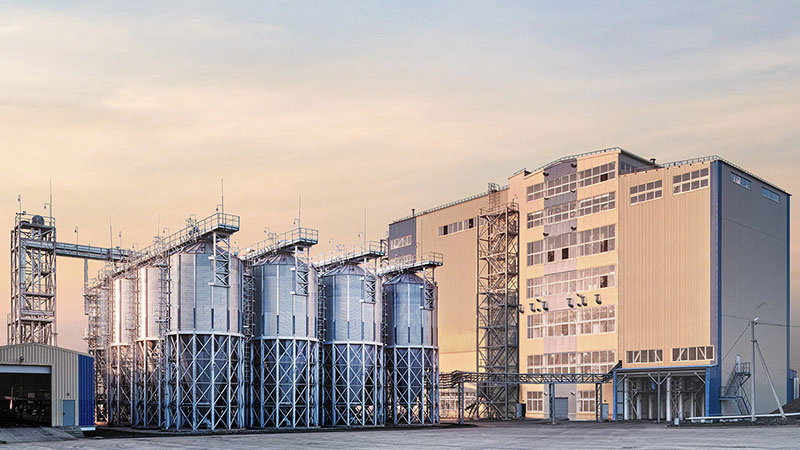
At RICHI, we go beyond project completion. With RICHI Servicee, we’re your dedicated partners in success. Count on us for expert guidance, minimal downtime, and optimized productivity. Choose RICHI for unmatched service and support.
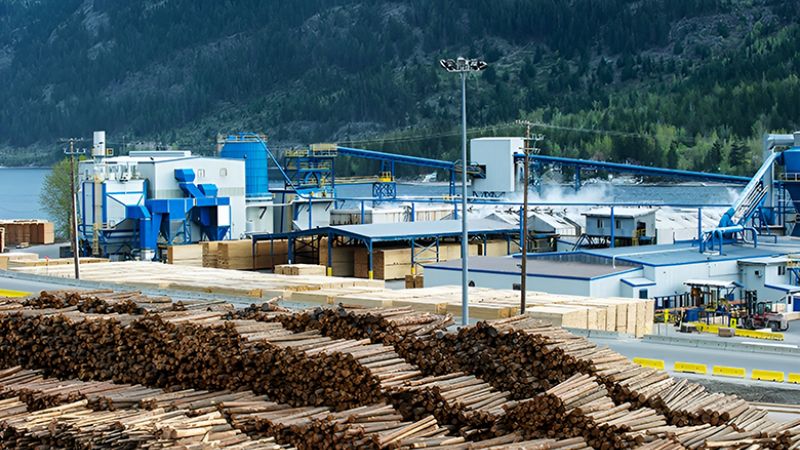
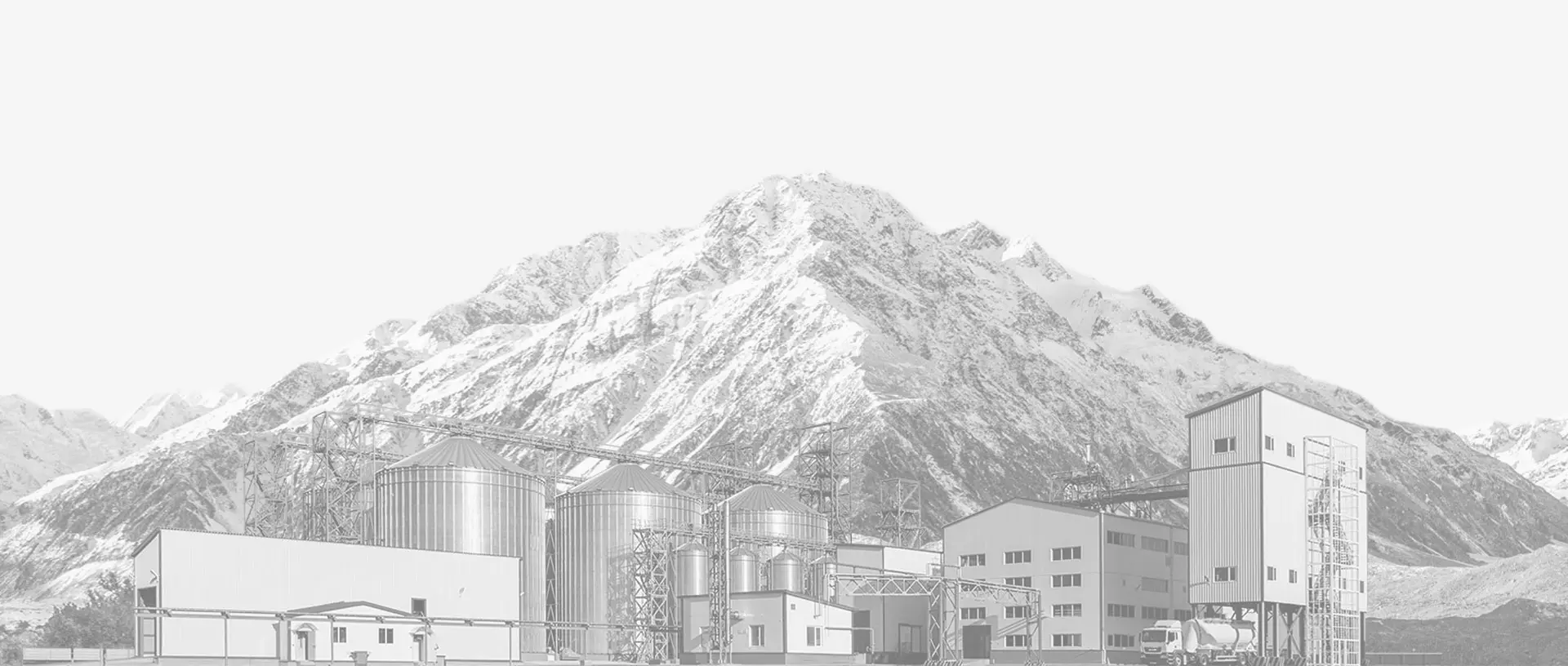

Meet global product demands and quality standards with industry-leading pellet plant design, engineering, equipment, and construction services for pellet processors.
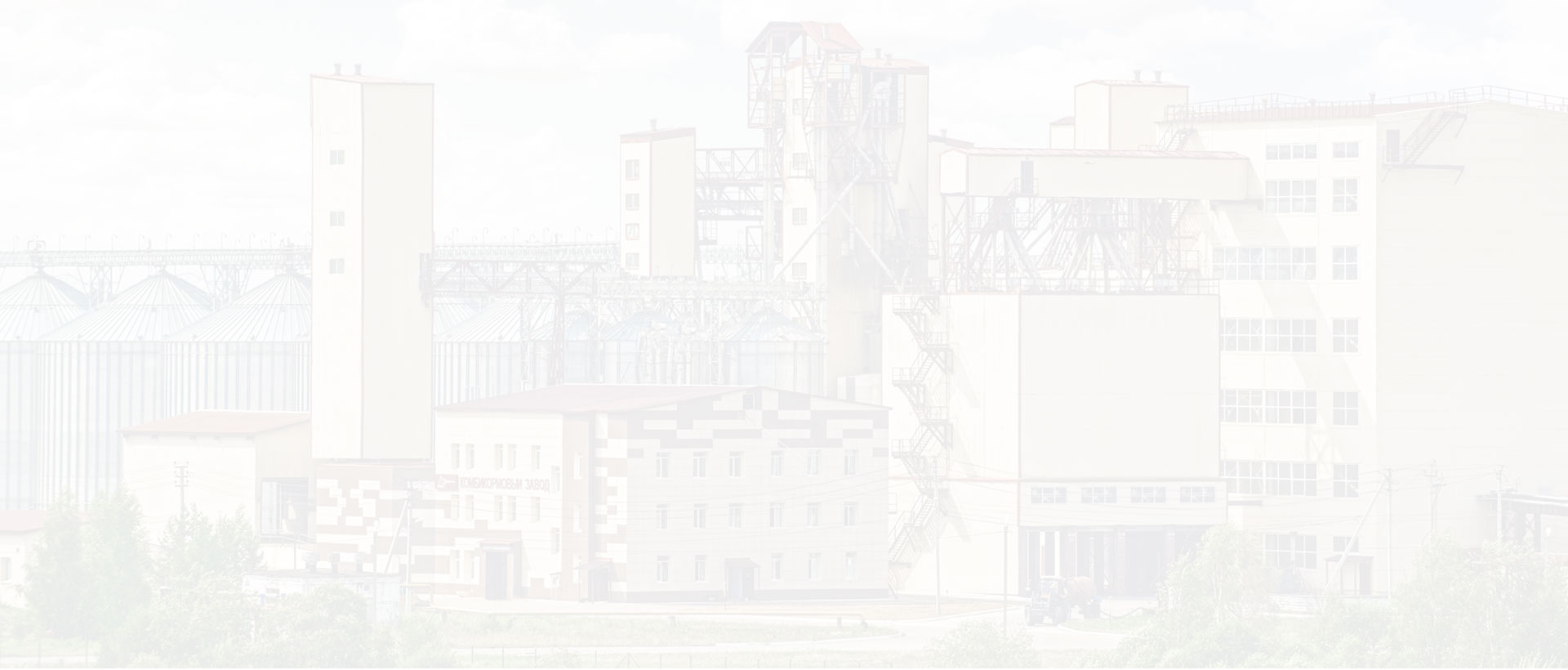
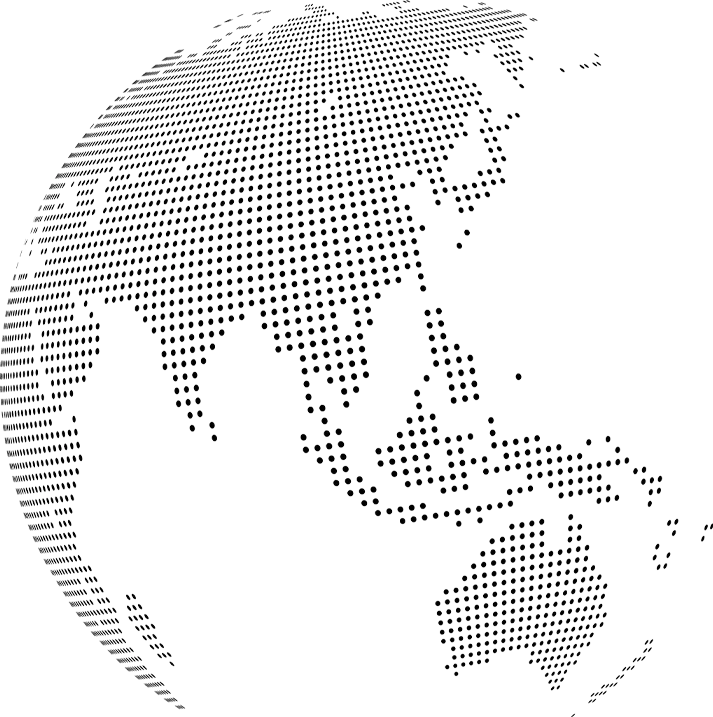
Your Partner Beyond Project Completion
2000+ cases
RICHI is the leading designer, manufacturer and builder of pellet plants in the world, completing over 2000 projects in 140 countries across 6 continents.
Read More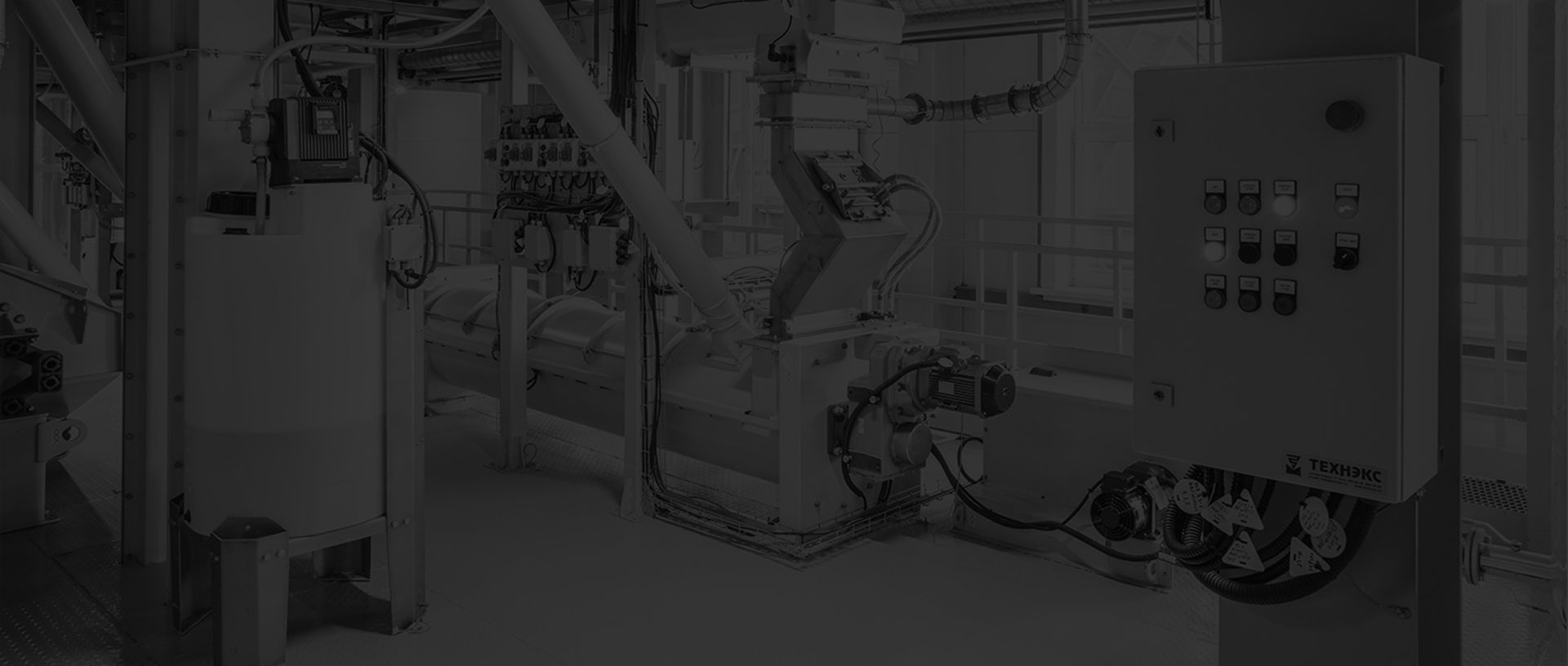
Increase plant productivity, profitability, and safety by integrating high quality equipment into your pellet production line. Over the years, RICHI has become China's top pellet equipment manufacturer. At the same time, RICHI has established valuable partnerships with the world's leading component and raw material manufacturers to bring you the best there is in technology, automation, and efficiency in pelleting plant machinery.
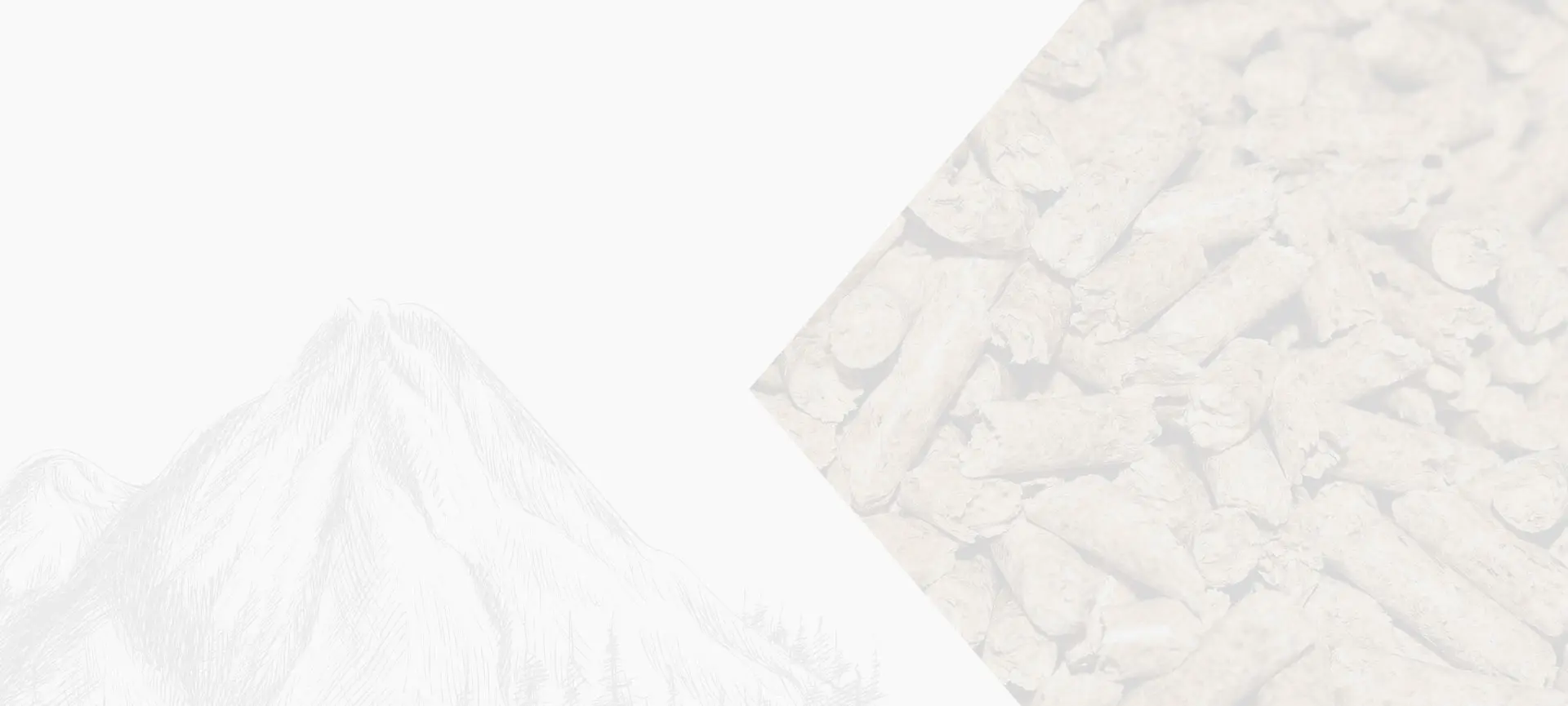
For nearly 30 years, RICHI has been providing best-in-class pellet plant equipment and services to clients across a variety of industries, sizes, and needs. We pride ourselves on the knowledge and skill that each team member possesses – from our technical sales team to our process design engineers. You can count on RICHI Machinery to take your operation to the next level of innovation, quality, and success.
Need help with your pellet manufacturing plant project? Contact us today.
ANIMAL FEED
BIOMASS
WOOD
ORGANIC FERTILIZER
AQUA FEED
CAT LITTER
MUNICIPAL WASTE RECYCLING
SPECIAL PELLET PRODUCTION
RICHI Machinery continues to deliver world class pellet mill equipment, pellet plant engineering and project solutions that add value to our customers in the animal feed, wood waste, agriculture waste, organic fertilizer, cat litter and special pellet products industries. Throughout the years, we RICHI Machinery have built strong brand, becoming industry-leading pellet machine manufacturer. We value integrity, promise quality, and prioritize your success.
Learn MoreWith our expert team, we precisely implement your process engineering requirements in pellet mill and pelletizing plant systems. No matter which industry you’re in – we understand your needs and deliver solutions that meet the highest standards.
At RICHI, quality comes first. Our pellet making machine and related pellet line equipment undergo rigorous quality controls to ensure they meet the highest standards. Rely on products that are durable, safe, and efficient.
With decades of experience in pellet machine and pellet production line production, we have earned a reputation as a trusted partner in various industries. Our expertise allows us to cover a wide range of applications.
Not only do we offer premium pelleting equipment, but we are also experts at designing, building, installing, and maintaining facilities from the ground up. Our expertise is within pellt plant process design, discovering the most efficient, productive, and profitable way to handle your materials in an end-to-end cycle.

Keeping in touch with us is an effective way to solve all your problems. If you have any needs or questions, please leave your contact information, then RICHI technical consultants will send design, quotation, videos to your mailbox. You can also contact us directly via WhatsApp: +86 13838389622
Copyright©2015-2024 by HENAN RICHI MACHINERY CO., LTD. All rights reserved.